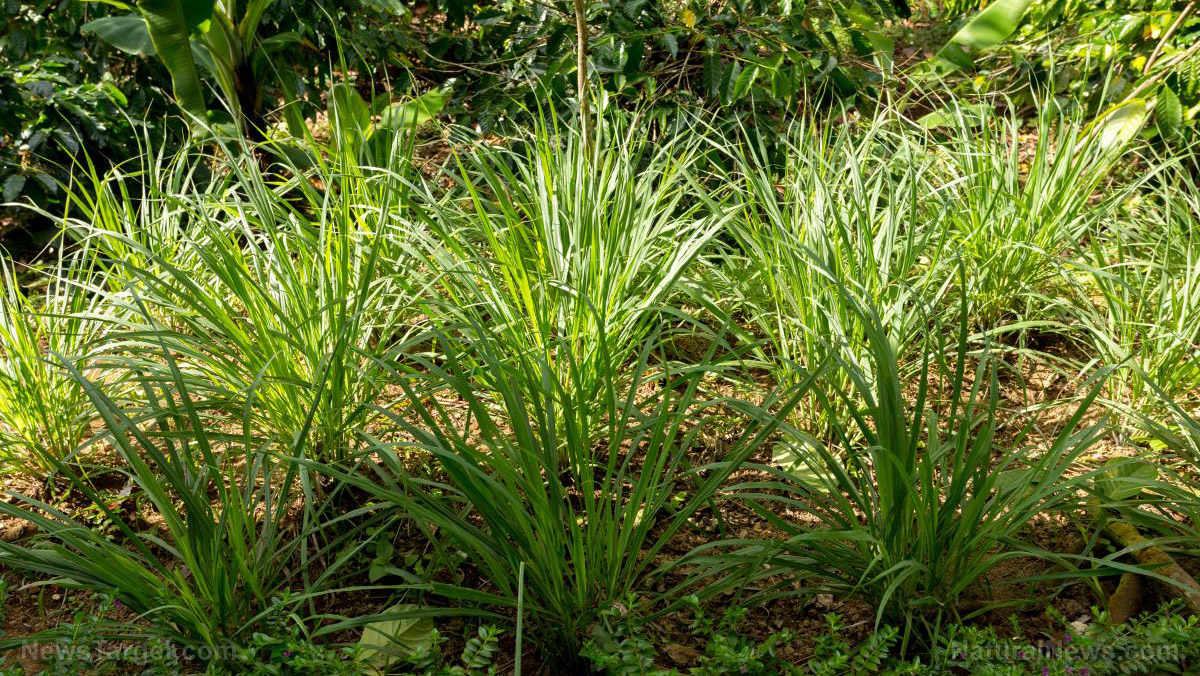
The University of Ibadan supported this research effort. The findings of the study were published in the Journal of Herbs, Spices & Medicinal Plants.
- The experimental groups took doses of either 25, 50, or 100 milligrams per kilogram (ml/kg) of lemongrass extract, while the control group received 10 milliliters of a saline solution. The treatment was given every day for a total of seven days.
- In the interaction studies, these treatments were administered 30 minutes before the animals were given amnesia-inducing scopolamine. Half an hour after the seventh and final treatment, the mice performed Y-maze and object recognition tests.
- At the end of the trial period, the animals were sacrificed. Brain tissue samples were taken for analysis of malondialdehyde and glutathione levels as well as acetylcholinesterase activity.
- Animals treated with lemongrass extract displayed better memories during both tests. The herbal treatment also reduced the effects of scopolamine-induced amnesia on the mice.
- Scopolamine was shown to cause oxidative stress and increases the levels of acetylcholinesterase. The lemongrass extract was able to reduce the memory-damaging effect of the former and lower the amounts of the latter.
The researchers recommended the use of lemongrass as a plant-based therapy for patients who are suffering from Alzheimer's disease, dementia, and other diseases that involve declining memories.
Check out NaturalCures.news to read more about the brain-boosting effects of consuming lemongrass.
Journal Reference:
Umukoro S, Adeola AH, Ben-Azu B, Ajayi AM. LEMON GRASS TEA ENHANCED MEMORY FUNCTION AND ATTENUATED SCOPOLAMINE-INDUCED AMNESIA IN MICE VIA INHIBITION OF OXIDATIVE STRESS AND ACETYL-CHOLINESTERASE ACTIVITY. Journal of Herbs, Spices & Medicinal Plants. 2018;24(4):407–420. DOI: 10.1080/10496475.2018.1520777
Please contact us for more information.






















